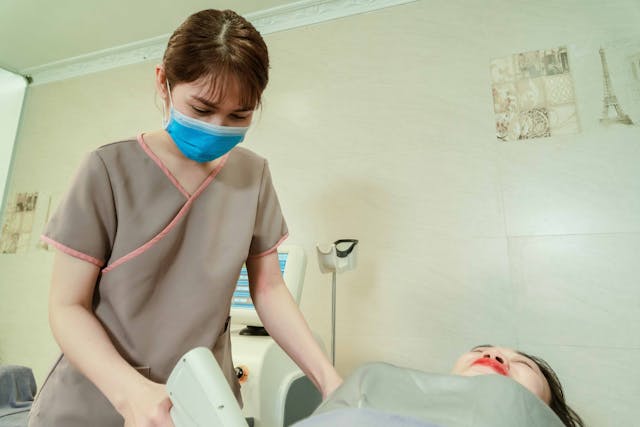In the world of alternative health therapies, a fascinating tool has garnered attention for its purported ability to address myriad health issues – rife frequency machines. These devices operate on the principle that every organism has its resonant frequency. By targeting these frequencies, they can potentially disrupt pathogens and promote wellness. This article dives into the depths of these machines to understand their power and potential.
The Rife Legacy: Fact or Fiction:
The story begins with Royal Raymond Rife, a San Diego researcher who, in the 1930s, claimed to have developed a machine that could destroy specific bacteria and viruses using radio frequencies. His work, however, lacked rigorous scientific validation and was heavily criticized. Despite the controversy, Rife machines gained a cult following among alternative health practitioners, but their effectiveness remains fiercely debated.
So, How Do They Work (Supposedly):
The core concept behind Rife machines centers on the idea that each living organism resonates at a unique frequency. By applying a specific frequency that matches the target pathogen’s resonance, the theory goes, the machine disrupts its internal processes, leading to its demise. It’s important to note that this concept, known as resonant frequency therapy, lacks strong scientific backing.
Exploring the Science (or Lack Thereof):
While the resonant frequency theory sounds plausible, studies haven’t provided conclusive evidence to support its effectiveness against pathogens. Many studies haven’t been able to replicate Rife’s original findings, and concerns remain about the methodology and control groups used in his research.
Furthermore, the human body is a complex system, and the idea that simply applying a specific frequency can selectively target and destroy pathogens without affecting surrounding healthy cells raises significant biological questions. Additionally, the varying quality and claims of different Rife machine manufacturers add to the confusion and skepticism surrounding their use.
Beyond the Hype: Where Do We Stand:
Despite the lack of robust scientific evidence, some proponents of Rife machines claim anecdotal success stories in treating various health conditions. However, it’s crucial to remember that individual experiences don’t equate to scientific proof. Additionally, attributing positive outcomes solely to Rife machines is difficult, as the placebo effect and other uncontrolled factors can play a significant role.
While these machines might seem appealing, the current scientific evidence doesn’t support their efficacy in treating disease. If you’re considering using one, it’s vital to:
- Consult your doctor: Discuss your interest in Rife machines with your healthcare provider to understand potential risks and interactions with your medications.
- Be wary of exaggerated claims: Don’t fall prey to unrealistic promises of miracle cures. Remember, there’s no magic bullet for complex health conditions.
- Do your research: Look for independent, unbiased information and avoid relying solely on anecdotal evidence or marketing claims.
The Future of Frequencies: Beyond Rife:
While the claims surrounding Rife machines might be questionable, the exploration of sound wave therapy for medical applications continues. Researchers are investigating ultrasound and other targeted sound frequencies in various fields, including wound healing, cancer treatment, and pain management. While these are early-stage studies, they highlight the potential of using sound waves in a more controlled and scientifically validated manner for therapeutic purposes.
Summing it Up:
In conclusion, while rife frequency machines remain shrouded in controversy, the concept of using sound waves for medical applications continues to evolve. However, it’s best to approach these devices with caution and prioritize evidence-based treatments for optimal health outcomes.







